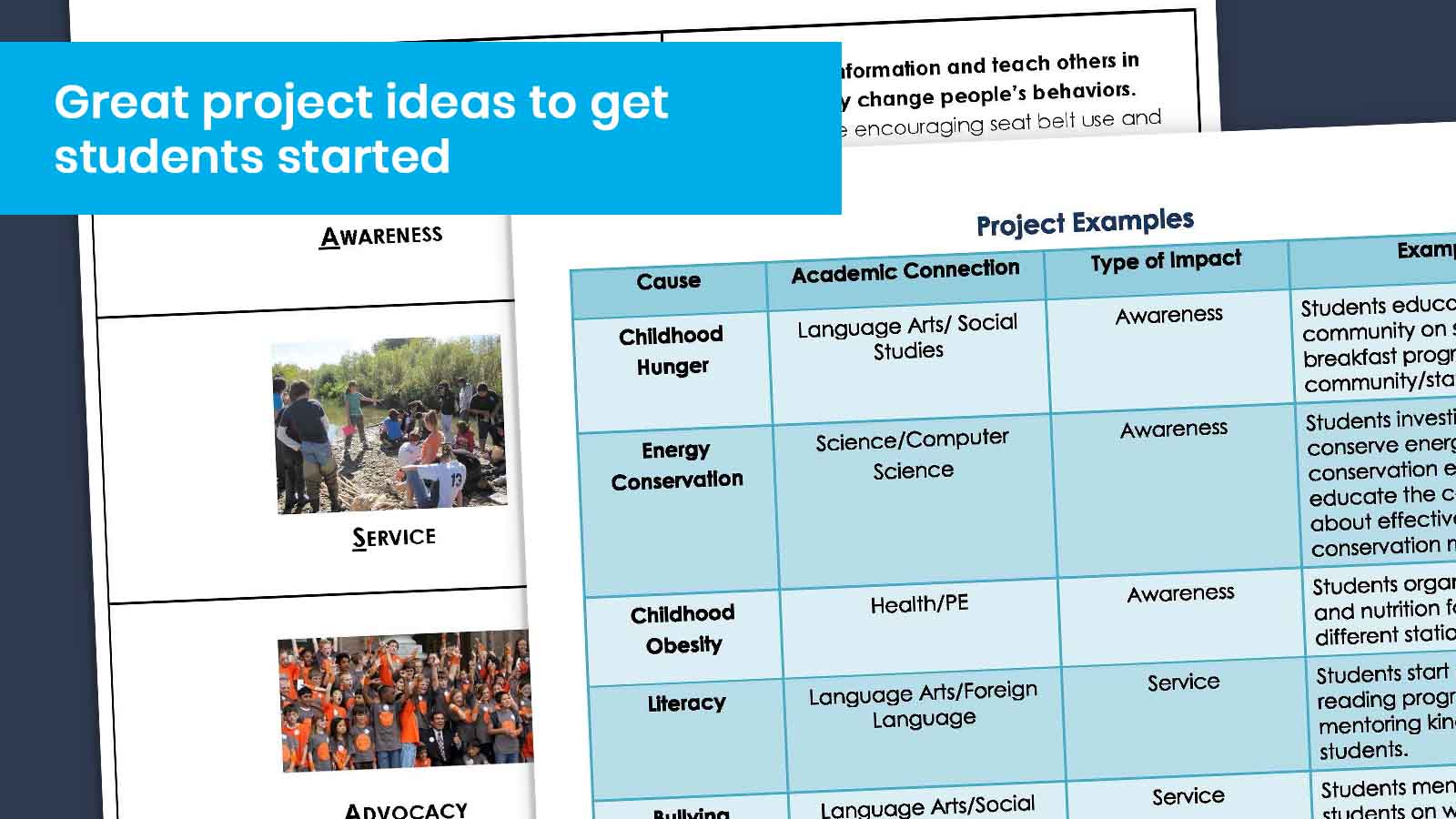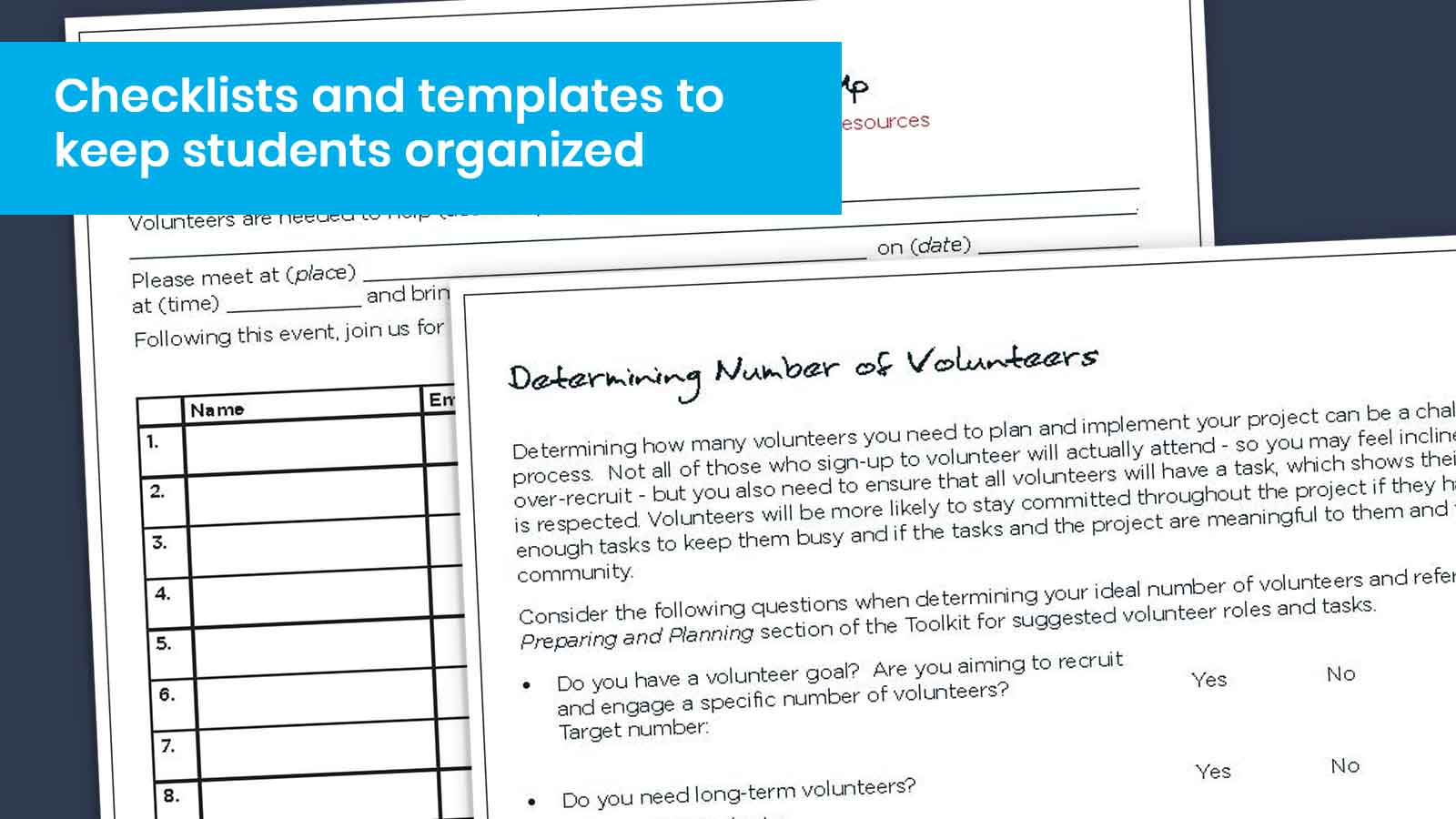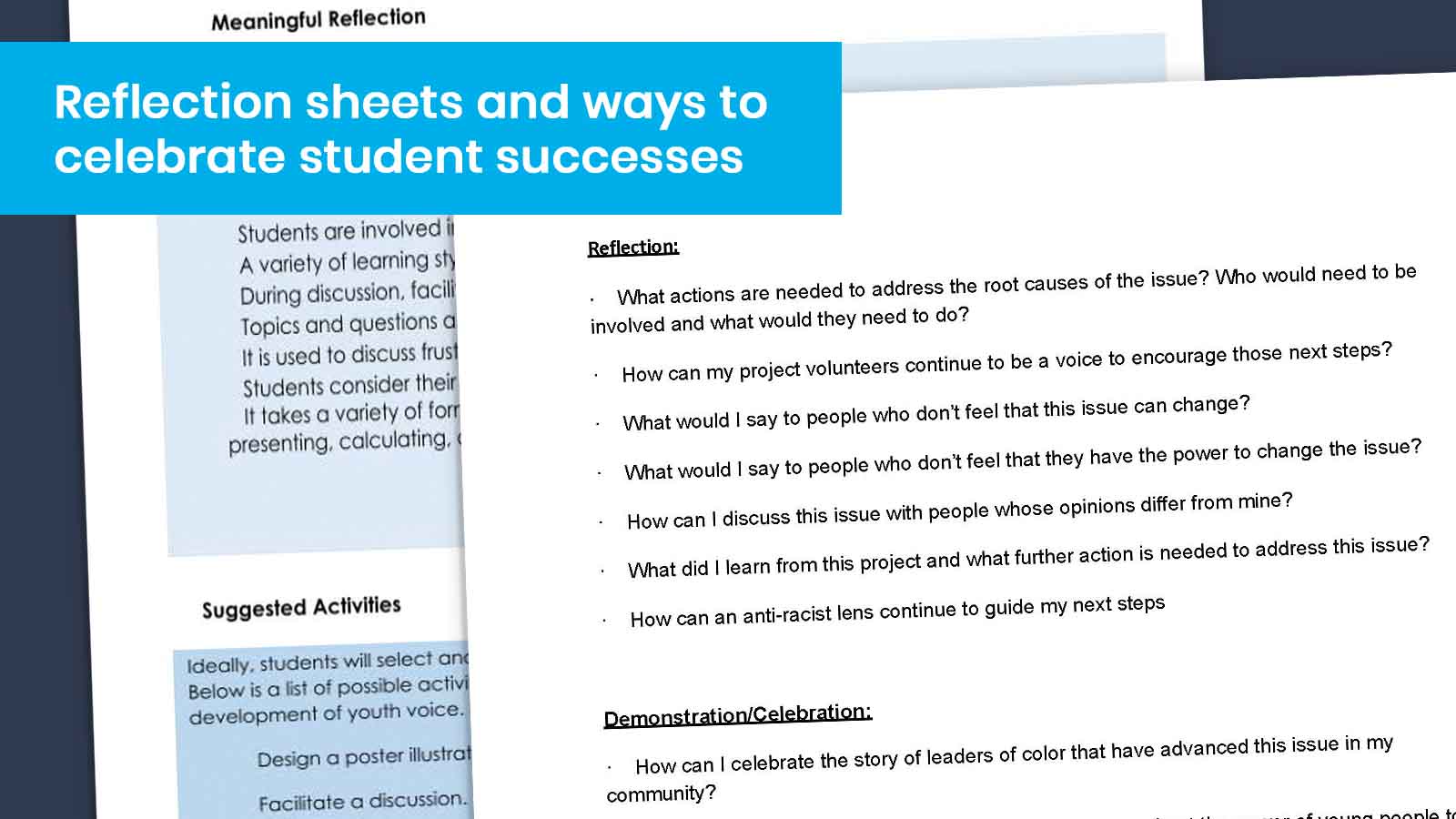Preparation a service-learning project can be intimidating. We know trainees find out finest when they are self-motivated and taking on problems that intrigue them. However time, budget, and other problems often obstruct of preparing these kinds of tasks. We know service knowing benefits our students. So how can we make these tasks work offered the realities of life in the classroom?
Youth Service America is all set to help
Youth Service America (YSA) is one company that genuinely comprehends the importance of getting students associated with their neighborhoods. A leading international nonprofit, YSA encourages young people to utilize their “Stimulates (passions, interests, and abilities)” to end up being engaged advocates for their communities. And they acknowledge that educators need assistance if we are going to lead our students in these actions.
Step 1: Select your service-learning experience
Youth Service America initially established the Semester of Service Teacher Toolkit. YSA mentions that these plans are best for teachers who are highly experienced with service-learning jobs and can commit 24 to 40 class durations on a project. While the resources are fantastic, they’re a bit too involved for instructors who just don’t have 24 to 40 class periods to invest in one topic or task. Thankfully, YSA’s options aren’t semester-long service projects or nothing. The organization wishes to see young people accept civic engagement nevertheless it’s possible to do so. Therefore they took their Term of Service Teacher Toolkit and reimagined it as both a Week Service-Learning Experience and a Month Service-Learning Experience. We’ll explore their Week Service-Learning Experience below.
Action 2: Access your plans
To start, you can tell that YSA comprehends instructors. The strategies are complimentary and offered for download as both Google and Word docs. Once downloaded, you’ll see the files are identified “Before, During, and After,” making it simple for arranging and planning. I particularly valued how each of the activities in the folders was numbered so I had the ability to inform what to click first without having to open a lot of files and try to arrange through them all!
Action 3: Plan your “Prior to” activities

This area is everything about getting your students to start thinking of their own passions, interests, and skills and how they might utilize these “Stimulates,”as Youth Service America identifies them, to assist fix a problem in their community. The launch activity for this discussion includes video that shows a student called Daniel speaking about his service-learning experience. It’s surprisingly powerful to watch this boy speak to such enthusiasm and emotion about realizing that food insecurity was an issue he might assist to relieve. Lessons guide trainees toward reviewing their own interests and beginning to prepare their own projects with graphic organizers and sample job ideas.
Step 4: Total the service-learning task

Once trainees have chosen their job and developed a prepare for action, they’re all set to implement. But it can be challenging to attempt to arrange even a small number of people to achieve a goal. The planning resources in the”Throughout”area break down this job into workable pieces. A “Resource Plan”page asks trainees to consider everything from what supplies will be needed to what security concerns exist. In addition, trainees are prompted to consider how they may document the job with photos or video. A packet on “Setting in motion Volunteers” includes worksheets on figuring out the number of assistants a specific project may require and how to set about recruiting them. Trainees will get assistance on how to appoint roles and interact what they want each volunteer to do. The quantity of writing, speaking, and listening trainees do throughout the week is outstanding.

The Week Service-Learning Toolkit supplies a comprehensive reflection sheet for each phase of the project. The instructor’s function is to review the reflection concerns and pick the most appropriate ones. At the end, students are asked to consider what they learned, what worked out, and what they wish to do differently next time. I likewise value that it asks trainees to consider what they might do next for the existing task. I like the message that real civic involvement doesn’t end just because the job does. Additionally, the “After” section provides tips for how to share and commemorate the work that was done. I like the emphasis on encouraging our trainees to take pride in their achievements.
A truthful evaluation of the Week Service-Learning Experience
There are a great deal of excellent things to state about this YSA offering. However I also want to acknowledge a few weaknesses I discovered with the resources. Since they are based on YSA’s Term Service-Learning Experience, there are several locations where it seems like the weeklong resources have not been completely reimagined for the shortened period. A couple of pages discuss “semester” preparing rather of “week” preparation. In addition, a few activities seem a bit too complicated to complete in one week.
That stated, these resources really do make a weeklong service-learning experience feel achievable. Having the handouts and guides in one location and prepared to download is fantastic for hectic teachers. And essential, they do make planning a weeklong service-learning job with your trainees possible.


















